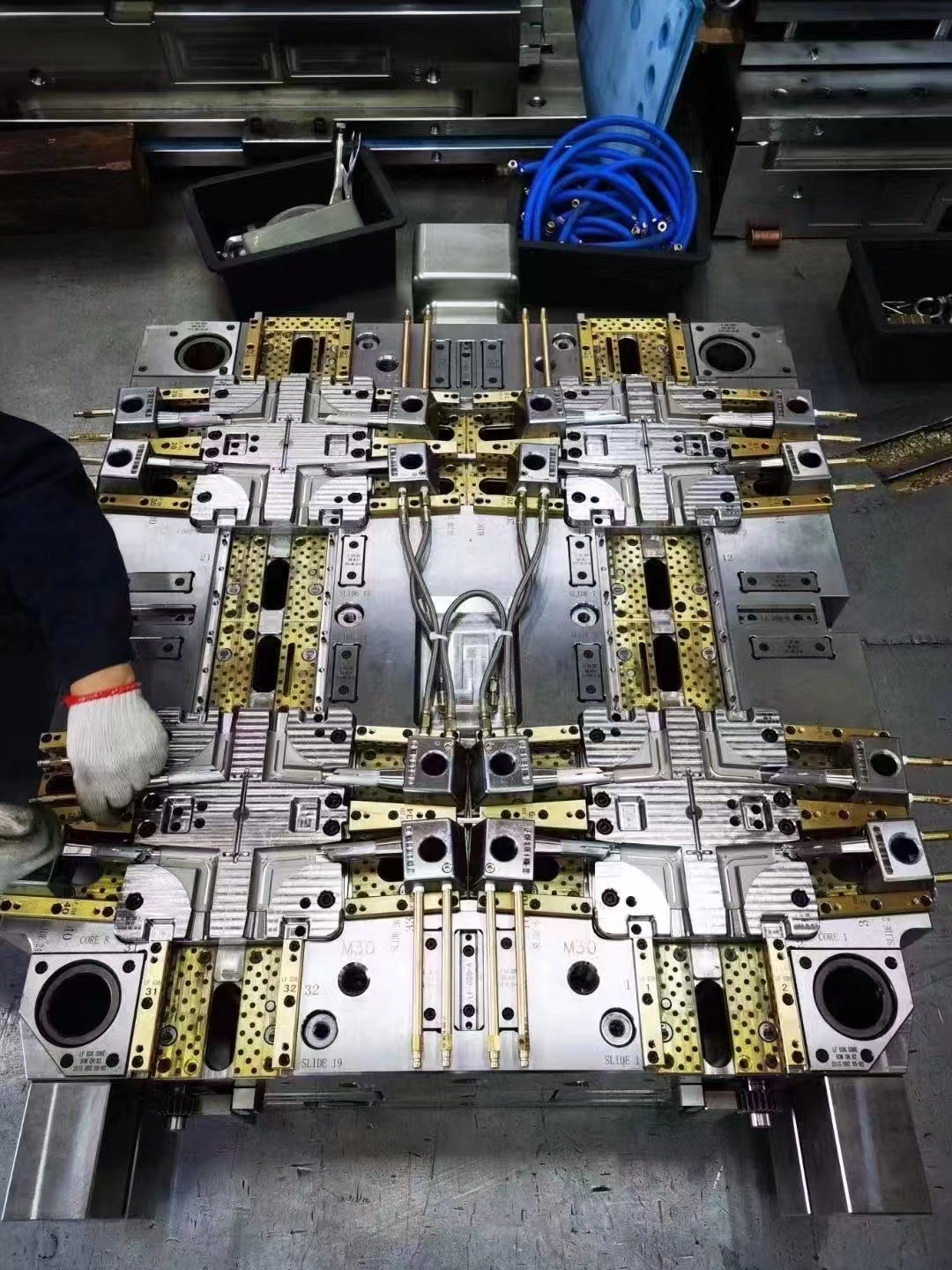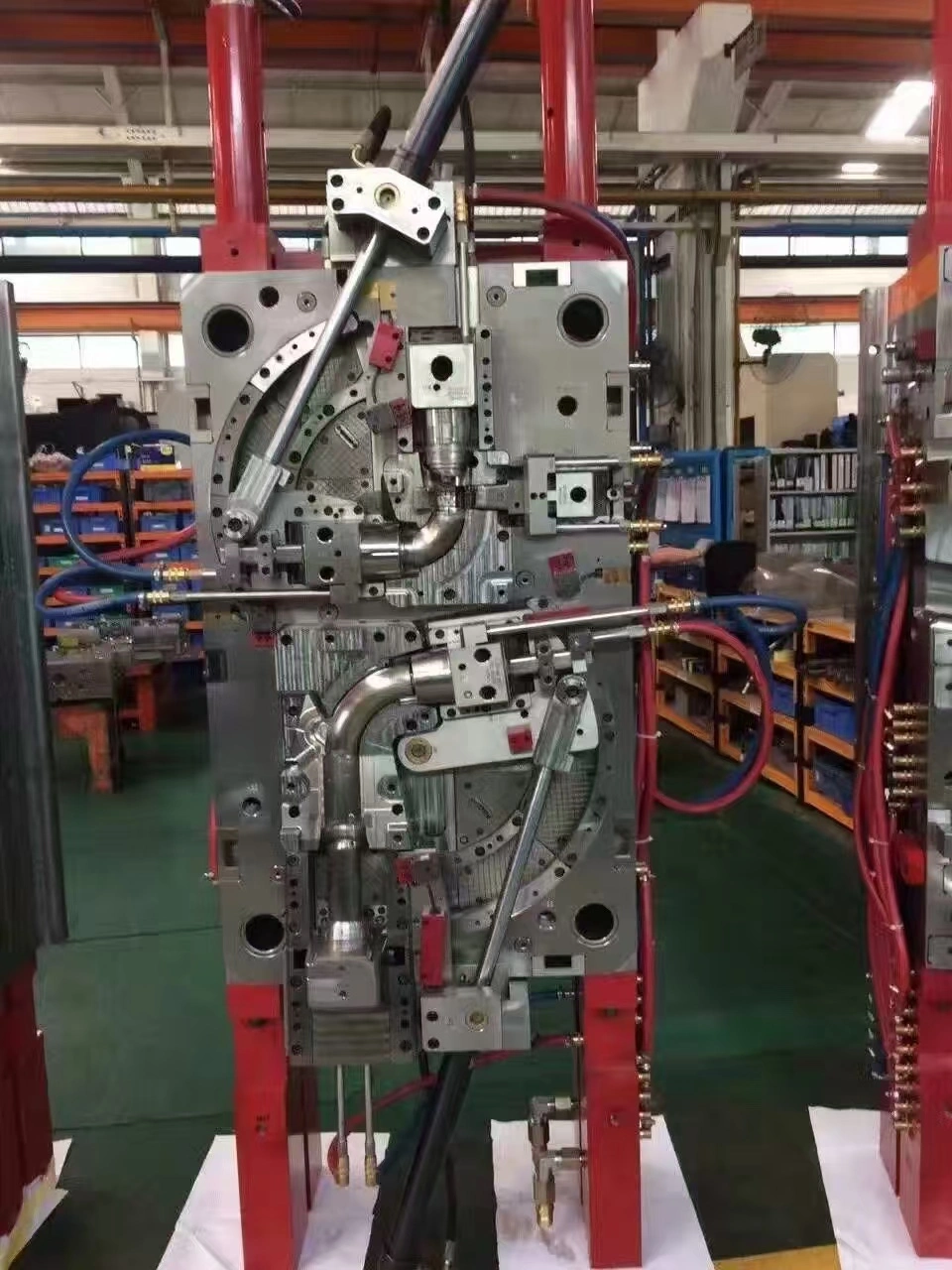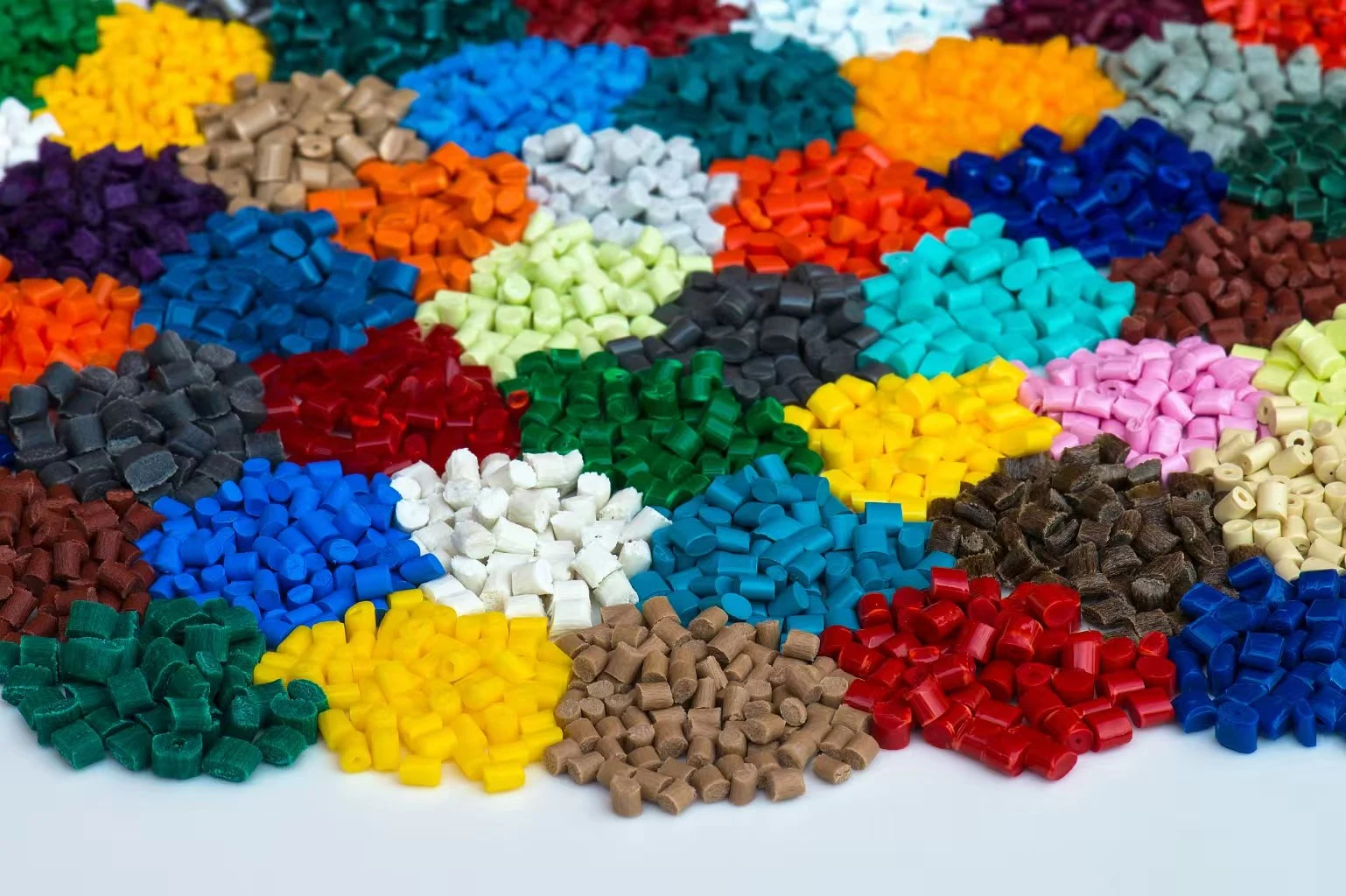How to troubleshoot defects in injection mold production?
As a way to make a lot of plastic parts, injection casting is very popular. However, it can have flaws that lower the quality of the product and make the production less efficient, just like any other complicated technique. To keep producing high-quality goods and reducing production downtime, it is important to track down and fix these problems. To find, diagnose, and fix common problems in injection mold production, this blog post will discuss different methods and strategies. As an example, we'll look at mold creation, process parameter optimization, and putting in place preventative maintenance measures. Injection molding processes can be made better, waste can be cut down, and total product quality can be raised if makers know how to use these fixing techniques. No matter how much experience you have or how new you are to the field, this guide will help you solve injection molding problems quickly and easily.

Common Defects in Injection Molding and Their Causes
Short Shots and Incomplete Filling
When the liquid plastic doesn't fill the mold hole all the way, it can cause short shots and partial filling, which are common flaws in injection molding. This problem could be caused by a number of things, such as not enough input pressure, a low melt temperature, or a gate design that doesn't work right. Manufacturers of injection molds usually start by checking the flow of material and changing the injection pressure to figure out what's wrong. It may be necessary to raise the melt temperature or change the shape of the gate in some situations. Due to uneven filling across holes, short shots can happen a lot with multi-cavity plastic molds. Custom plastic injection mold makers might have to tweak the runner system to make sure that all the holes are filled evenly. In order to solve short-term problems, it is also important to look for any blocks in the mold or material poisoning.
Sink Marks and Warpage
Sink lines and warpage are flaws in plastic parts that affect how well they fit together and how smooth their surfaces are. Sink marks look like small depressions on the surface, and warpage makes parts bend or twist. Most of the time, these problems are caused by random cooling rates or too much shrinking while the item is cooling. To fix these flaws, companies that make injection molds might have to improve the design of the cooling system, change the packing pressure, or change the shape of the part. To keep multi-cavity plastic molds from warping, it's important to make sure that all of the holes cool at the same rate. To make cooling work better, custom plastic injection mold makers might add conformal cooling lines or change where the gates are placed. To keep sink lines and warpage to a minimum, it's also important to choose the right material and follow the right processing factors, like mold temperature and cooling time.
Flash and Burrs
There is extra material that forms along the splitting line and in other places on the formed part. This is called flash and burrs. These flaws not only change the way the part looks, but they can also affect how it works and how it's put together. Too much injection pressure, worn mold surfaces, or the wrong mold locking force are all common reasons. To fix flash and burrs, injection mold makers usually start by looking for damage or wear on the cast. Changing the injecting pressure and tightening force can often help stop flash formation. It is very important to make sure that the pressing pressure is the same in all of the holes of a multi-cavity plastic mold. Custom plastic injection mold makers might have to make some changes to the mold design, especially in places where flashing is likely to happen, like thin parts or complicated shapes. Flash and burrs can also be avoided by keeping the mold in good shape and cleaning and shining the splitting lines on a regular basis.
Process Parameter Optimization for Defect Reduction
Injection Speed and Pressure Control
To cut down on flaws in injection molding, it's important to find the best filling speed and pressure. Controlling these factors correctly makes sure that the flow and packing of materials are always the same, which reduces problems like short shots and flash. Manufacturers of injection molds often use scientific shaping methods to figure out which injection speed profile works best for each part. This could mean changing the speed during the pumping step to account for changes in the shape of the part. For even filling in plastic molds with more than one hole, the injection pressure must be equal in all of the spaces. To get accurate pressure control, companies that make custom plastic injection molds may use high-tech control systems, like hollow pressure monitors. Trying out different injection speeds and pressures while keeping an eye on the quality of the parts can help you find the best settings for making parts without any defects.
Melt and Mold Temperature Management
Keeping an eye on the melt and mold temperatures is very important for preventing problems like warping, sink marks, and bad surface finish from happening. The people who make injection molds have to carefully watch these temperatures to make sure that the material flows and cools properly. The mold temperature determines how fast the part cools and how much it shrinks, while the melt temperature determines how thick the material is and how it flows. For constant part quality in plastic molds with more than one hole, it's important to keep the temperatures the same in all of the spaces. To keep the temperature just right, companies that make custom plastic injection molds may use high-tech heating and cooling systems, like hot runner systems or conformal cooling channels. Temperature settings should be checked and changed on a regular basis, and the mold and barrel should be properly insulated. This will help cut down on flaws caused by temperature a lot.
Holding Pressure and Cooling Time Optimization
It is very important to find the best holding pressure and cooling time in order to keep the dimensions stable and reduce flaws like sink marks and warpage. The holding pressure makes up for the shrinking of the material during cooling, and the cooling time makes sure that the material solidifies properly before the part is ejected. Process tracking tools are often used by companies that make injection molds to find the best holding pressure profile and length. For equal part quality in plastic molds with more than one hole, the holding pressure must be the same in all of them. Advanced cooling systems, like conformal cooling channels or heat pipes, can be used by custom plastic injection mold makers to cut down on cooling time without affecting the quality of the parts. Careful tuning of these factors can make parts much more consistent and cut down on cycle times, which makes production more efficient.
Mold Design and Maintenance Strategies for Defect Prevention
Gate and Runner System Design
To keep injection-molded parts from having flaws, gate and runner systems must be designed correctly. The gate design impacts the flow of material, the pattern of filling, and the quality of the part. The runner system, on the other hand, makes sure that multi-cavity molds fill evenly. To get the best material flow and the fewest flaws, injection mold makers have to carefully think about things like gate location, size, and type. In plastic molds with more than one hole, a well-designed runner system helps make sure that all of the spaces are filled evenly. This cuts down on problems like short shots and uneven packing. Advanced modeling software can be used by custom plastic injection mold makers to look at and improve gate and runner designs before the cast is made. To keep the quality of the parts uniform over the mold's lifetime, the gates and legs must be cleaned and checked for damage or wear on a regular basis.
Venting and Air Trap Prevention
To avoid flaws like burn lines, short shots, and bad surface finish, it is important to have good airflow and keep air traps from forming. Proper drainage lets air escape from the mold hole while it's being filled, which makes sure that the part forms completely and evenly. Manufacturers of injection molds have to carefully plan and place holes so that air can escape without affecting the quality of the parts or causing flash. For uniform part quality in multi-cavity plastic molds, it is important to make sure that each hole has enough air flow. To get rid of air better, custom plastic injection mold makers may use high-tech venting options like vacuum-assisted venting or porous mold inserts. Along with proper mold care, checking and cleaning vents on a regular basis can help stop air traps and the problems they cause during the production process.
Mold Wear and Damage Inspection
For keeping part quality and avoiding flaws in injection molding, it is important to check the mold for wear and damage on a regular basis. Broken or worn mold surfaces can cause problems like flash, bad surface finish, or wrong measurements. Manufacturers of injection molds should set up a full maintenance plan that includes preventative maintenance and regular checks. For reliable part quality in multi-cavity plastic molds, it's important to make sure that wear is the same in all holes. Advanced checking methods, like 3D scanning or acoustic testing, may be used by companies that make custom plastic injection molds to find early signs of damage or wear. Fixing or replacing damaged parts on time, along with the right way to store and handle molds, can greatly increase their useful life and cut down on downtime caused by defects.
Conclusion
Fixing problems in the making of injection molds needs a thorough method that looks at many parts of the casting process. As a custom plastic injection mold manufacturer, manufacturers can greatly enhance part quality and production efficiency by learning about common flaws, adjusting process factors to work best, and using effective mold design and upkeep methods. To ensure steady, high-quality output and few mistakes, it is important to check, maintain, and improve the process all the time. As injection molding technology keeps getting better, it will be important for a custom plastic injection mold manufacturer to keep up with the newest fixing methods and best practices to stay ahead of the competition in the field.
For expert assistance in injection mold troubleshooting and high-quality mold manufacturing, consider partnering with Alwin Asia Limited. Our subsidiary, Dongguan Yongsheng Hardware Plastic Product Co., Ltd., has over 20 years of experience in plastic mold, die casting mold, and plastic product manufacturing. Located in Chang'an Town, Dongguan City, Guangdong Province, we offer comprehensive services including design, development, mold fabrication, production, and secondary processing. With ISO9001:20015 certification and a commitment to quality, timely delivery, and client confidentiality, we are your ideal partner for injection molding solutions. To learn more about our services or to schedule a visit to our facility, please contact us at sales@alwinasia.com.
FAQ
Q: What are the most common defects in injection molding?
A: The most common defects include short shots, sink marks, warpage, flash, and burn marks.
Q: How can I prevent short shots in injection molding?
A: To prevent short shots, optimize injection pressure, melt temperature, and gate design. Ensure proper material flow and check for blockages in the mold.
Q: What causes sink marks in injection-molded parts?
A: Sink marks are typically caused by uneven cooling rates or excessive shrinkage during the cooling process. Optimizing cooling system design and packing pressure can help prevent sink marks.
Q: How important is mold maintenance in preventing defects?
A: Regular mold maintenance is crucial for preventing defects. It helps identify and address wear, damage, and other issues that can lead to part quality problems.
Q: Can process parameter optimization eliminate all injection molding defects?
A: While process parameter optimization can significantly reduce defects, it may not eliminate all issues. A comprehensive approach including mold design, material selection, and maintenance is necessary for optimal results.
References
1. Smith, J. (2019). Advanced Injection Molding Techniques for Defect Reduction. Journal of Plastics Engineering, 45(2), 78-92.
2. Johnson, R., & Brown, L. (2020). Optimizing Process Parameters in Injection Molding: A Comprehensive Guide. Polymer Processing Technology, 18(3), 201-215.
3. Lee, K., & Chen, W. (2018). Mold Design Strategies for Defect Prevention in Injection Molding. International Journal of Manufacturing Engineering, 12(4), 345-360.
4. Garcia, M., & Taylor, S. (2021). Troubleshooting Common Injection Molding Defects: Case Studies and Solutions. Plastics Technology Magazine, 67(5), 42-55.
5. Williams, D., & Harris, T. (2017). The Role of Material Selection in Minimizing Injection Molding Defects. Advanced Materials and Processes, 175(3), 28-35.
6. Anderson, P., & Thompson, R. (2022). Emerging Technologies for Real-time Defect Detection in Injection Molding. Smart Manufacturing Systems, 9(2), 112-126.

We can provide a one-stop service, including design and development, mold fabrication, production, product processing, etc.

Professional injection mold, die casting mold, plastic products OEM manufacturer


